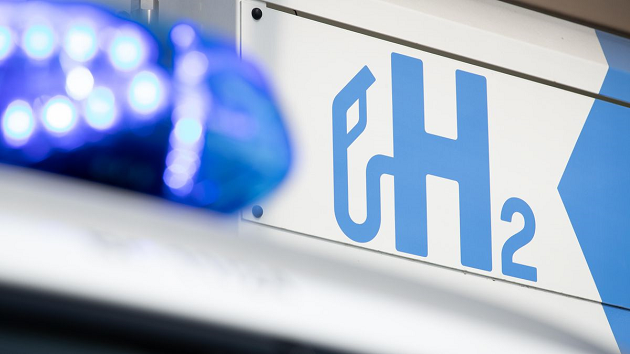Researchers at Monash University’s Department of Chemical Engineering, IITB-Monash Research Academy Mumbai, and The Indian Institute of Technology’s Department of Chemical Engineering have used reactive flash volatilization (RVF) gasification technology to produce Hydrogen using microalgae, giving rise to newer and cleaner forms of energy.
Findings show the greenhouse gas emissions of hydrogen production using RVF on microalgae is 36% less compared to the steam reforming of methane gas—the current best practice for hydrogen production.
With additional renewable energy processes, such as hydroelectricity, integrated with the researchers’ hydrogen production process, carbon emissions could drop by as much as 87%.
The research, published in the Journal of Cleaner Production, also shows that with the prevailing cost of hydrogen at $10 per kilo, and using RVF to produce the gas, the payback period of the initial investment was just 3.78 years with a 22% internal rate of return.
The Monash-led team is the world leader in RVF gasification technology and analysis. RVF is a gasification process that uses oxygen and steam that converts biomass or fossil fuel-based carbon materials into gases.
Currently, the production of microalgae does not meet commercial demand. However, microalgae cultivation for energy applications could also provide additional revenue streams for rural communities, potentially making them self-sufficient, researchers say.
“Hydrogen and methane are clean sources of fuel and green chemical synthesis only if they are produced from renewable resources. At present, 96% of hydrogen and all methane is produced using non-renewable resources,” Associate Professor Akshat Tanksale from Monash University and research co-author said.
“Microalgae as a feedstock is attractive due to its high carbon dioxide fixation efficiency, growth rate, photosynthetic efficiency, ability to grow in brackish water—like rivers and lakes—and the ability to cultivate it on land not suitable for agriculture.
“Water and renewable electricity integration with microalgae harvesting can bring down the costs and increase the sustainability of hydrogen production from this process.”








